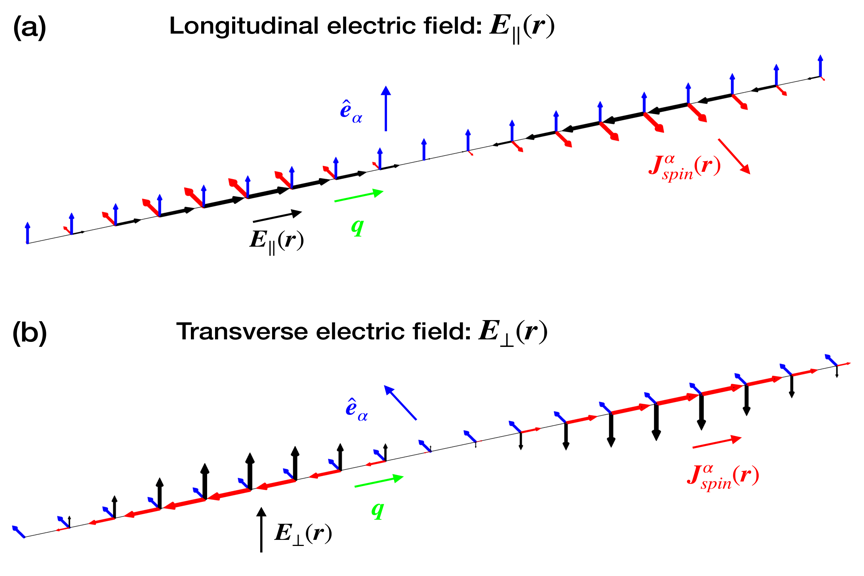주메뉴
- About IBS 연구원소개
-
Research Centers
연구단소개
- Research Outcomes
- Mathematics
- Physics
- Center for Theoretical Physics of the Universe(Particle Theory and Cosmology Group)
- Center for Theoretical Physics of the Universe(Cosmology, Gravity and Astroparticle Physics Group)
- Center for Exotic Nuclear Studies
- Center for Artificial Low Dimensional Electronic Systems
- Center for Underground Physics
- Center for Axion and Precision Physics Research
- Center for Theoretical Physics of Complex Systems
- Center for Quantum Nanoscience
- Center for Van der Waals Quantum Solids
- Chemistry
- Life Sciences
- Earth Science
- Interdisciplinary
- Institutes
- Korea Virus Research Institute
- News Center 뉴스 센터
- Career 인재초빙
- Living in Korea IBS School-UST
- IBS School 윤리경영


주메뉴
- About IBS
-
Research Centers
- Research Outcomes
- Mathematics
- Physics
- Center for Theoretical Physics of the Universe(Particle Theory and Cosmology Group)
- Center for Theoretical Physics of the Universe(Cosmology, Gravity and Astroparticle Physics Group)
- Center for Exotic Nuclear Studies
- Center for Artificial Low Dimensional Electronic Systems
- Center for Underground Physics
- Center for Axion and Precision Physics Research
- Center for Theoretical Physics of Complex Systems
- Center for Quantum Nanoscience
- Center for Van der Waals Quantum Solids
- Chemistry
- Life Sciences
- Earth Science
- Interdisciplinary
- Institutes
- Korea Virus Research Institute
- News Center
- Career
- Living in Korea
- IBS School
News Center
A New Potential Pathway to Spintronics Through Quantum FerroelectricityResearchers at the Institute for Basic Science (IBS) in South Korea have discovered novel spin transport phenomena in quantum paraelectric metals. Led by Dr. KIM Kyoung-Min from the IBS Center for Theoretical Physics of Complex Systems and Prof. Suk Bum Chung from University of Seoul, the team discovered the potential to control spin currents through phonon-mediated Rashba spin-orbit interactions, facilitating spintronics in centrosymmetric metals. Quantum paraelectric metals, first observed experimentally in 2013, are unique metallic systems that exist near ferroelectric quantum critical points. These metals exhibit an unusual type of electron-phonon coupling that correlates electrons’ spin with their orbital degrees of freedom. While this spin-orbital coupling effect suggests potential spin current generation in quantum paraelectric metals, it has remained largely unexplored both theoretically and experimentally. To investigate this possibility, the research team developed a spin-transport theory specific to quantum paraelectric metals. They demonstrated that these metals could acquire phonon-mediated Rashba spin-orbit interactions through thermally-excited transverse optical phonons. As a result, spin transport coefficients, such as spin Hall conductivity, exhibit non-vanishing components in response to non-uniform external electric fields. Moreover, the team discovered that these spin transport coefficients display distinctive quadrupolar wave characteristics, rather than the usual isotropic features. The team's groundbreaking theory predicts spin current generation in response to external electric fields in quantum paraelectric metals. This finding challenges the common belief that spin current generation is impossible in centrosymmetric metals due to inversion symmetry. Instead, it reveals a new mechanism for spin current generation intrinsic to quantum paraelectric metals via phonon-mediated Rashba spin-orbit interactions through electron-phonon coupling. Their results propose a novel method to generate spin currents in centrosymmetric metals, expanding beyond conventional non-centrosymmetric metal platforms. “The study of quantum paraelectric metals has just begun, and there remains a vast territory of intriguing physical phenomena that can arise from phonon-mediated spin-orbit interactions,” remarked Dr. KIM Kyoung-Min, one of the corresponding authors of this study. “Our transport theory uncovers just one missing piece among the multitude of potential phenomena intrinsic to quantum paraelectric metals. We anticipate that future investigations will benefit greatly from our theoretical advancements, potentially leading to technological breakthroughs in spintronics.”
Notes for editors
- References
- Media Contact
- About the Institute for Basic Science (IBS)
|
| Next | |
|---|---|
| before |
- Content Manager
- Public Relations Team : Yim Ji Yeob 042-878-8173
- Last Update 2023-11-28 14:20










 Figure 1. Schematic illustration for two distinct spin current generation scenarios in quantum paraelectric metals. (a) The longitudinal electric field () and its wave vector () align in the same x direction. A sinusoidal form is assumed where translation symmetry is assumed in the other directions. (b) The transverse electric field () and its wave vector (q) point in the different z and x directions. A sinusoidal form is assumed. In each panel, the red arrows represent the direction of spin currents , the blue arrows denote the spin quantization axis , and the black arrows indicate the direction of the local electric fields. The thin black line guides the real-space modulation of and along the x direction. The sizes of the black and red arrows indicate the magnitudes of the electric field and the spin current, respectively.
Figure 1. Schematic illustration for two distinct spin current generation scenarios in quantum paraelectric metals. (a) The longitudinal electric field () and its wave vector () align in the same x direction. A sinusoidal form is assumed where translation symmetry is assumed in the other directions. (b) The transverse electric field () and its wave vector (q) point in the different z and x directions. A sinusoidal form is assumed. In each panel, the red arrows represent the direction of spin currents , the blue arrows denote the spin quantization axis , and the black arrows indicate the direction of the local electric fields. The thin black line guides the real-space modulation of and along the x direction. The sizes of the black and red arrows indicate the magnitudes of the electric field and the spin current, respectively.

